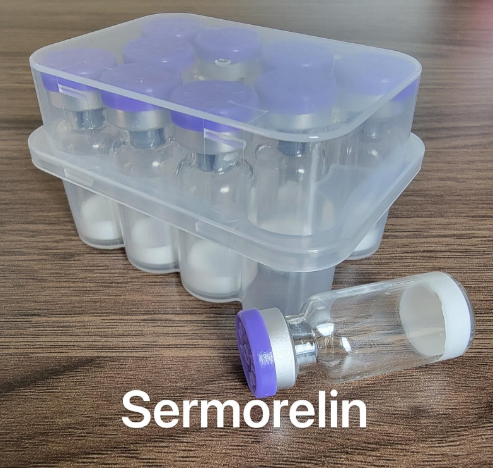
News
Mar . 14, 2024 10:37 Back to list
Are anabolic steroids addictive
An undetermined percentage of steroid users may develop a steroid use disorder. Substance use disorders are defined by continued use despite adverse consequences; for steroid users, these may include physical or psychological problems such as breast growth (in men), sexual dysfunction, high blood pressure, excessive fats in the blood, heart disease, mood swings, severe irritability, or aggressiveness. Anabolic steroid users also may give up other important activities for fear that they will miss workouts, violate their dietary restrictions, or be prevented from using steroids. Steroid users also typically spend large amounts of time and money obtaining the drugs, and they may try to reduce or stop anabolic steroid use without success—possibly due to depression, anxiety about losing muscle mass, or and other unpleasant effects of withdrawal.110‘
Withdrawal from steroids occurs when an individual develops dependence. A review of the research suggests that about 32 percent of people who misuse anabolic steroids become dependent.23 Symptoms of dependence can include tolerance, which is needing to take more steroids to achieve the same effects. Another indicator of dependence is withdrawal once anabolic steroid use stops.110 Withdrawal symptoms can include fatigue, restlessness, loss of appetite, insomnia, reduced sex drive, and steroid cravings.111 The most dangerous of the withdrawal symptoms is depression, because it sometimes leads to suicide attempts.112
-
Using tadalafil to promote hair growth and combat hair loss effectively.
NewsJul.10,2024
-
Generating a title similar to palmitoyl oligopeptide could be Oligopeptide containing palmitoyl for skincare benefits and rejuvenation.
NewsJul.10,2024
-
Similarity of the compound tra% 100mg/ml in different pharmaceutical formulations
NewsJul.10,2024
-
Negative impacts of tadalafil on health and well-being
NewsJul.10,2024
-
Anastrozole 0.5 mg twice per week for treatment of cancer patients
NewsJul.10,2024
-
Reviewing the effectiveness of kisspeptin in enhancing reproductive health and fertility.
NewsJul.10,2024

